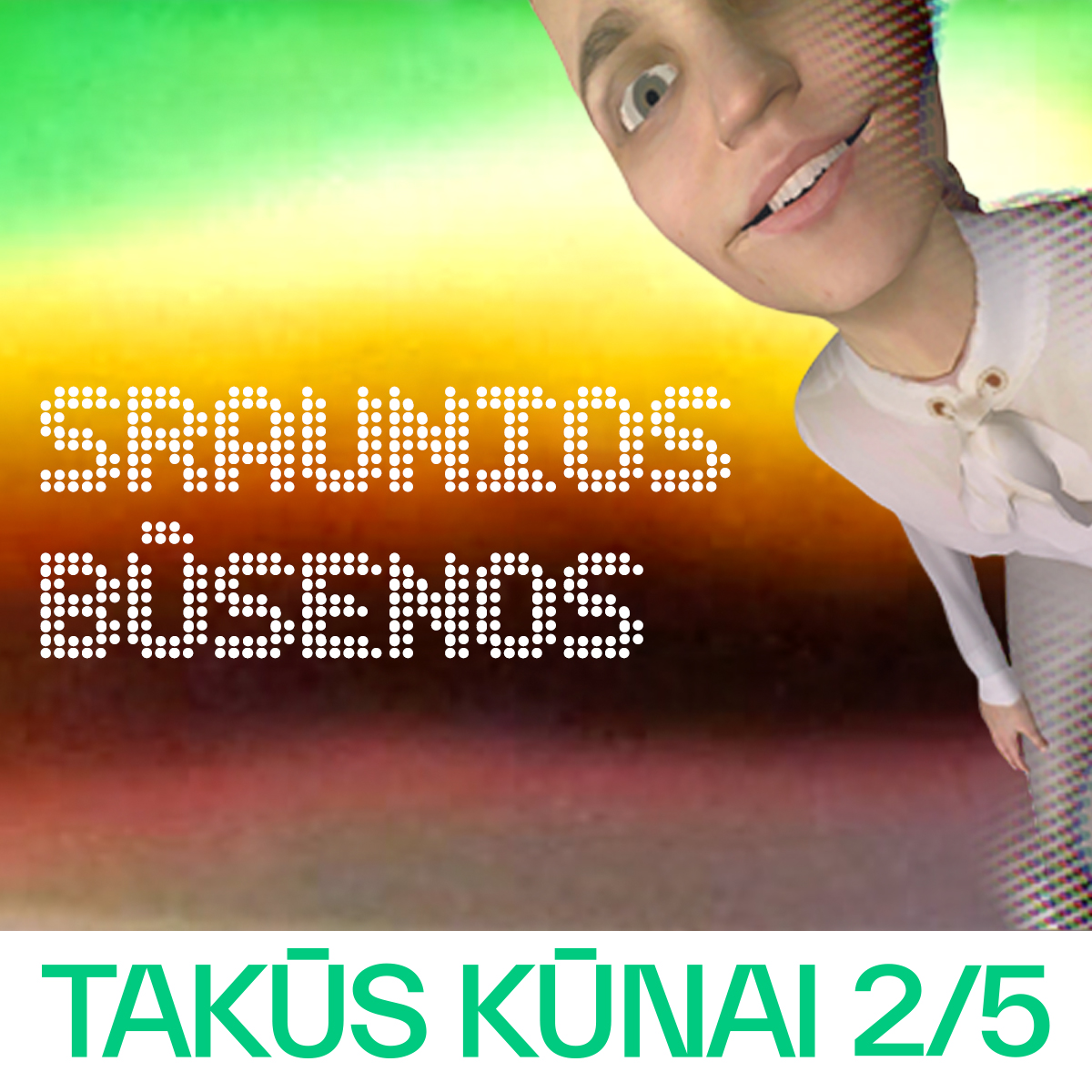Fluid bodies 2/5. Streaming states

Artists:
Gailė Cijūnaitytė, Henrikas Gulbinas
Artworks:
Unimaginable things
Henrikas Gulbinas
Video, 1988
FEELS SO REAL! Binaural ASMR personal attention while WHISPERING
Gailė Cijūnaitytė
VR installation, 2020
The exhibition presents artists from two different generations. The common quality of their works – the ability to immerse viewers into exceptional and therapeutic audio, virtual and video environments.
Henrikas Gulbinas (b. 1960, Kaunas) is a video artist, documentary filmmaker, melomaniac, and one of the pioneers of Lithuanian video art. Gulbinas bought his first camera back in 1985. He created his first series of video art works “Unimaginable things”, while experimenting with home video recorders, diving into the new possibilities of analogue video signal, editing and exploring the relationship between sound and image. In 1988, the series was exhibited in the “Encounters” exhibition at the Klaipėda Exhibition Hall, alongside sculptures by Klaudijus Stepanovas and graphic works by Romas Klimavičius. It was one of the first exhibitions of early Lithuanian video art.
After this exhibition Gulbinas was frequently invited to present his “videogeneration” creative method and his video pieces at international experimental film festivals in St Petersburg, Paris, Hamburg and other cities.
His first video series, “Unimaginable things”, is based on the recordings of a working television set. It is filmed by connecting the TV signal to a video recorder and producing a flow of images, then editing and collaging them. Music has always been important in the process of creating “Unimaginable things”. According to Gulbinas: “What I was listening to, I was imagining, visualising. This hobby provoked me to experiment (…). I would put a musical background on top of a video and try to find a synthesis between sound and image.” (from Gerda Paliušytė interview with Henrikas Gulbinas).
Gailė Cijūnaitytė virtual reality installation is based on the phenomenon of binaural ASMR (Autonomous Sensory Meridian Response) on YouTube. This pleasant but difficult-to-explain feeling is related to a tingling sensation that runs through one’s head, neck and back, which is caused by a qualitative combination of auditory, visual and cognitive stimuli.
… This does not happen very often… at the highest point of intensity, there are waves of continuous, static sensation that travel from the head to the neck, spine, shoulders, arms and legs. This usually lasts between 5 seconds and a minute. It can also occur in different parts of the body at the same time, in no particular order… together or separately… (“Gentle Whispering”, one of the popular ASMR videos on YouTube, 2016)
The artist speaks to anxious millennials who are distracted, lost and unsure of how to find peace in the informational noise of the modern world. Switch off the phones, destroy internet antennas? Who to pray to? How to live? Be my friend, please, I will pay you for that!
Sit down, how are you? You can relax, you know. Just relax, it’s okay. If no one has said that to you today, I’m proud of you, – this artwork invites.
Gailė Cijūnaitytė (b. 1997) lives and works in Vilnius. She has graduated in Animation at Vilnius Academy of Arts. Gailė experiments with virtual reality in her practice. She sees it not only as a technology, but also as a phenomenon that has brought both a lot of confusion and inspiration for new ways of interpreting perceptions and relationships. Using sensoriality and modern technologies, she reflects on possible future forms of therapy that would meet the needs of a hurried and anxious humanity – accessible, immediate reassurance and failure free interaction.
